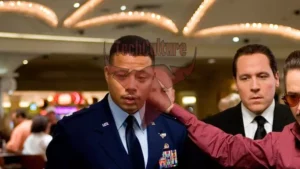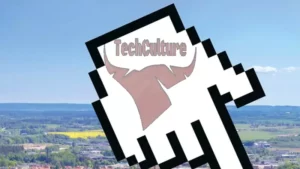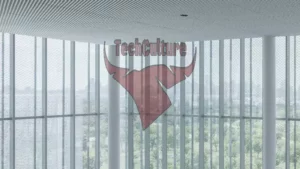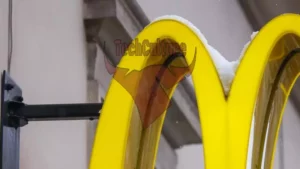U.S. Safety Agency Launches Investigation into Tesla’s “Full Self-Driving” System
The National Highway Traffic Safety Administration (NHTSA) has initiated an investigation into Tesla’s “Full Self-Driving” system following reports of crashes in low-visibility conditions. The probe, which covers approximately 2.4 million Tesla vehicles from model years 2016 to 2024, was prompted by incidents including a fatal pedestrian accident and another crash resulting in injury.
NHTSA’s investigation will focus on the system’s ability to detect and respond to reduced visibility conditions. The agency plans to assess the impact of software updates on system performance and examine any similar crashes, as well as Tesla’s safety assessments.
Tesla maintains that the system requires human driver intervention, despite recently unveiling plans for a fully autonomous robotaxi without a steering wheel or pedals. The company aims to introduce autonomous Models Y and 3 by next year, with robotaxis planned for deployment in California and Texas by 2026.
Regulatory approval from NHTSA will be required for robotaxis without traditional controls. Currently, there are no specific federal regulations for autonomous vehicles, though state regulations may govern the deployment of autonomous features in existing models.
One of the reported crashes involved a 2021 Tesla Model Y in Rimrock, Arizona, resulting in a pedestrian fatality. Sun glare was cited as a contributing factor in this incident. Tesla has previously issued recalls for its “Full Self-Driving” system due to programming issues related to traffic laws.
Critics argue that Tesla’s camera-only system lacks the necessary sensors for full autonomy, contrasting it with other companies that utilize radar and laser sensors. Tesla CEO Elon Musk has consistently advocated for camera-based systems, rejecting the use of lidar technology.
This investigation follows a previous NHTSA probe into Tesla’s Autopilot system, which revealed 467 crashes, 54 injuries, and 14 deaths. The new investigation marks a shift in focus from driver attention to the system’s detection capabilities.
Michael Brooks from the Center for Auto Safety noted this change in approach, stating, “NHTSA is now looking at whether the system itself can detect all sorts of obstacles and road users in all sorts of conditions.”
As the investigation unfolds, it is expected to shed light on the capabilities and limitations of Tesla’s autonomous driving technology, potentially influencing future regulations in the rapidly evolving field of self-driving vehicles.




